Course Structure and Topics
This course will cover:
- Review of questions that can and cannot be answered with camera trapping, and an overview of applications in the field with selected case studies.
- Review of key concepts including regression approaches, probability distributions and model comparison/selection.
- Full day on data management, including a summary and overview of the available database approaches and software options.
- Four-day module on occupancy modeling, including study design principles and pitfalls and importing and analyzing real field data.
- Four-day module on density estimation, including study design principles and pitfalls and importing and analyzing real field data.
- Limits and biases inherent in analyzing and reporting camera capture rates.
- Considerations for cost-effective monitoring of population trends.
We strongly encourage participants to bring their own data sets to work on with instructors. At least two full days will be dedicated for participants to work on their data, and they can expect to make significant progress in data preparation and analysis during the course.
Software Programs
Occupancy modeling will be taught in the in R using the R package RPresence. Density estimation will rely primarily on the R package oSCR. Pre-course work will be required for all participants not familiar with the program R. Required exercises will be emailed to participants at least one month prior to the course. It is essential that all participants arrive with a basic familiarity working in the R environment.
Advanced techniques in each program will be demonstrated based on participant interest. Participants will leave the course with a detailed list of available print and online resources to assist in more advanced techniques.

